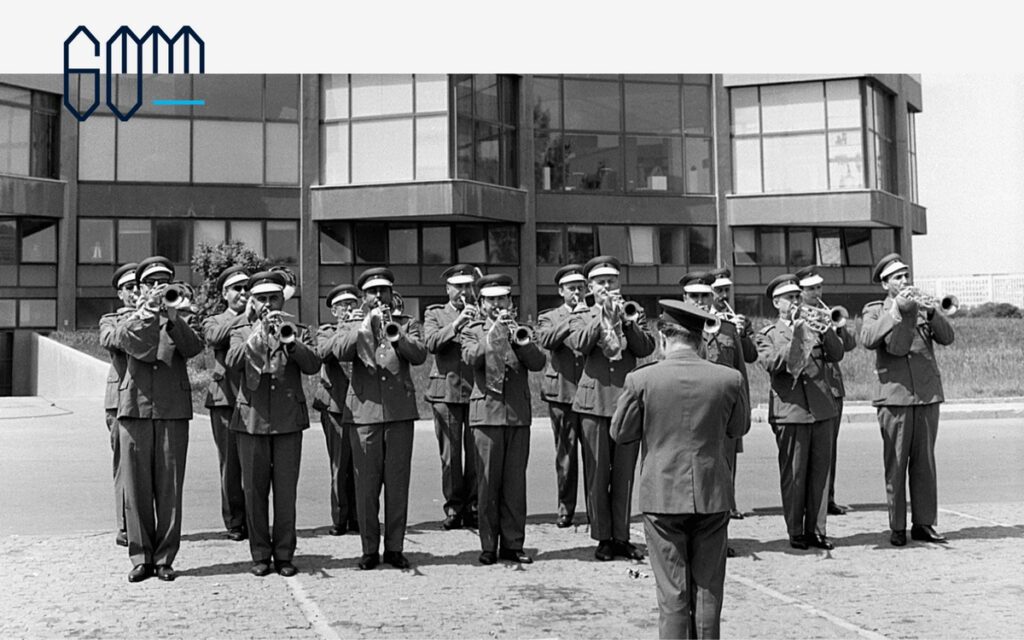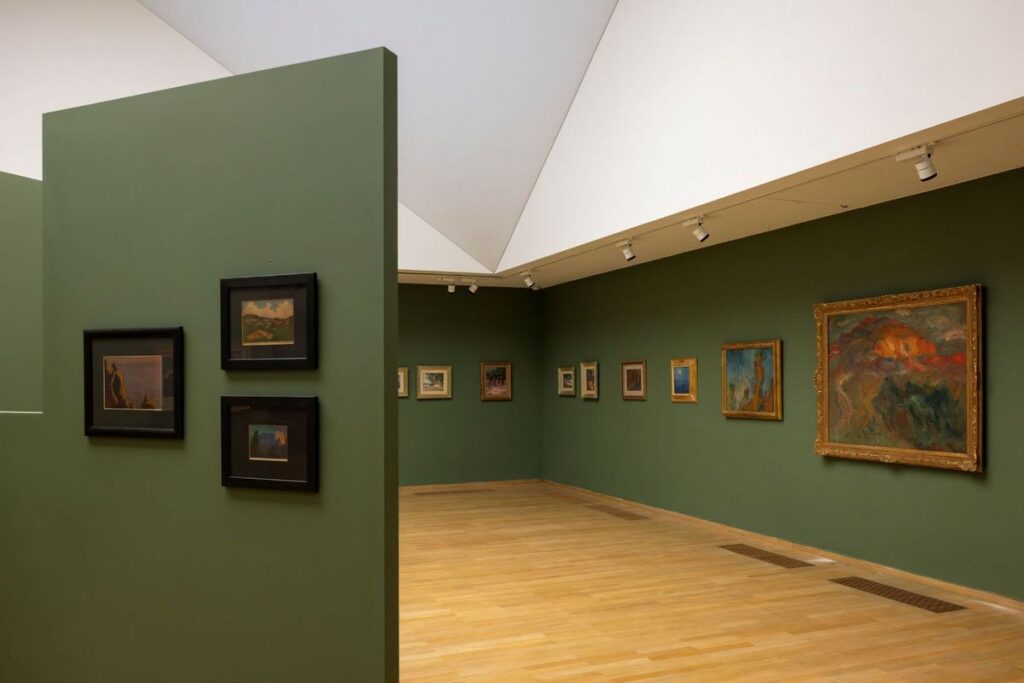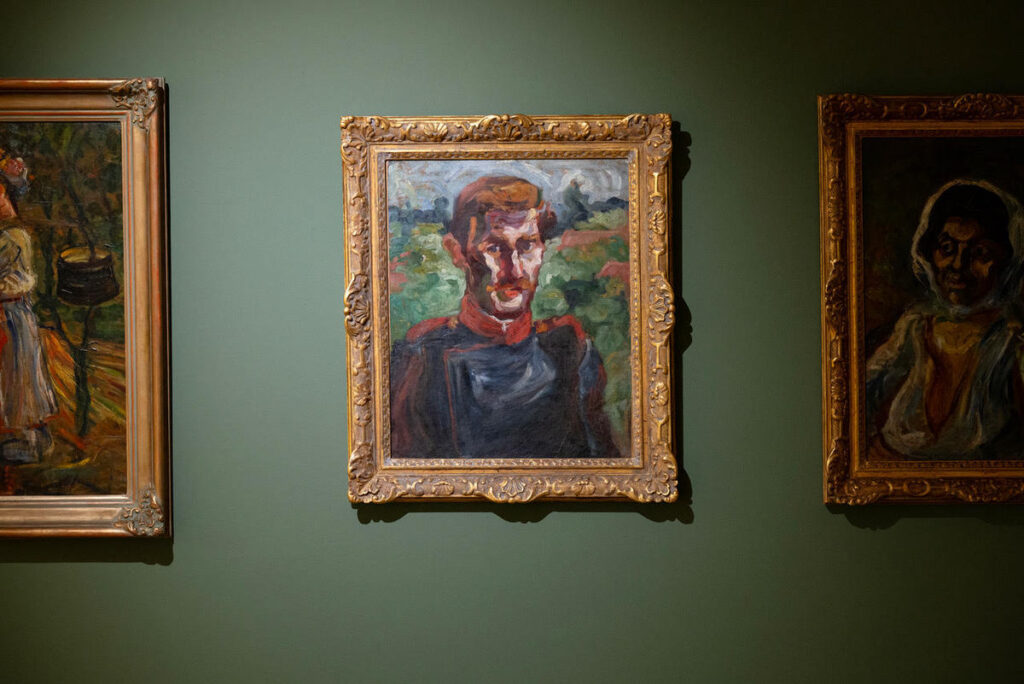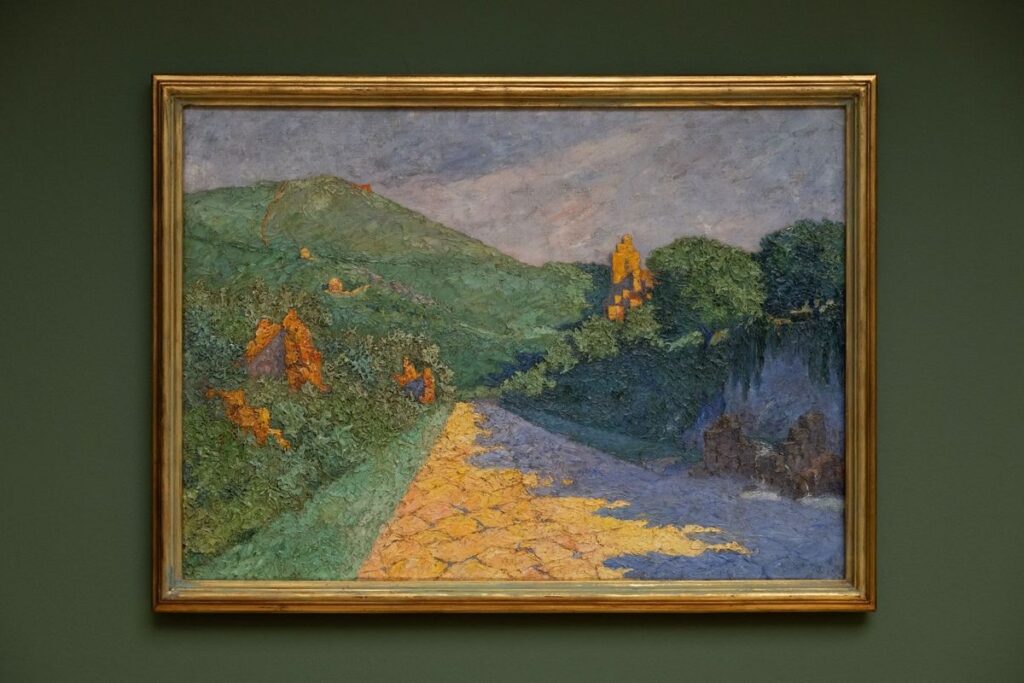
With nearly 9,000 works by national and international artists, the Museum’s collection is one of the most significant art archives in the region. The new exhibitions further emphasize its role in preserving and interpreting artistic heritage. Over the past six decades, the Museum of Contemporary Art (MoCAB) has served as a meeting point for art and the public, as well as a place of research and interpretation of 20th- and 21st-century cultural history. In honor of this anniversary, the new exhibitions offer audiences a diverse range of perspectives on art and its evolution.

The exhibition Turning Points Towards Modernity: The Art of Society 1900–1945 will open on Saturday, October 18, at 5 p.m. at the Museum of Contemporary Art in Belgrade. The curators of the exhibition are Mišela Blanuša (Curator of the Painting Collection 1900–1950), Dr. Rajka Bošković (Curator of the Sculpture and Installation Collection), and Žaklina Ratković (Curator of the Works on Paper Collection – graphics, drawings, watercolors, etc.).
The exhibition represents the first part of a new multi-year cycle in which MoCAB will re-evaluate the value of its collection through three major installations. Featuring over 400 works by 150 artists, it traces the development of art in Serbia and Yugoslavia during the first half of the 20th century, in dialogue with social, political, and cultural changes. Visitors will have the opportunity to explore key processes of artistic modernization in both regional and international contexts.

Focusing on the period from the early 20th century to World War II, Turning Points Towards Modernity: The Art of Society 1900–1945 encompasses an era of intense social, political, and cultural transformation during which modern art took shape in Serbia and the former Yugoslavia. The exhibition offers a new perspective on the Museum’s collection, posing questions about how art responded to modernization, urbanization, state-building, and social crises at the dawn of the 20th century, while exploring visual and conceptual milestones on the path toward modernity.
Through several thematic and chronological sections, the exhibition follows stylistic currents from symbolism, impressionism, and post-cubist expression, through avant-garde experiments and constructivist practices, to various forms of realism and socially engaged art. A special focus is placed on the relationship between art and society—how art reflects or comments on social reality, but also actively participates in shaping it.
The display combines chronological and thematic approaches—from the “birth of modernity” to the “divisions and crises” of the 1930s—while also exploring phenomena such as urban life, civic identity, the artist’s role in society, the development of media and new forms of visual expression, and the emergence of the avant-garde.

The exhibition will remain open until March 1, 2027.
The exhibition Clara Sipprell and Paul Strand: Images of Another World will open on Thursday, November 6, at the Museum of Contemporary Art. The curator of the exhibition is Una Popović, Curator of the Photography, Film, Video, and Digital Media Collection.
For the first time, the Museum of Contemporary Art will present in full the portfolios of Clara Sipprell and Paul Strand from its collection, which arrived at the Museum through diplomatic exchange in the 1980s. The exhibition will feature 60 photographs by Sipprell taken during her travels across Yugoslavia in the 1920s and 20 photographs by Strand, a pioneer of straight photography, created in the United States, France, and Egypt. Their artistic approaches developed in parallel—Sipprell’s pictorial, poetic, and atmospheric style and Strand’s modernist, rigorously composed vision—offering a unique insight into the evolution of photography during that period.
The exhibition will remain open until March 2, 2026.
Also opening on Thursday, November 6, at the Museum of Contemporary Art, is the exhibition Olga Jevrić: Musicality and Sculpturality, curated by Dr. Rajka Bošković.
Part of the cycle ART AND PERSONALITY – Female Sculptors from the MoCAB Collection (6), the exhibition presents a retrospective of one of the most important sculptors in 20th-century Serbian art. Olga Jevrić’s work is characterized by the musicality of form and the drama of oppositions—between lines and masses, light and shadow, endurance and defiance. The exhibition will showcase sculptures from the collections of MoCAB, the Serbian Academy of Sciences and Arts (SASA), and the Legacy House in Belgrade, offering an overview of a body of work that has entered the global history of sculpture.
The exhibition will remain open until March 2, 2026.
Until November 2, visitors can also view two exhibitions opened in September — Collective Intimacy by Maja Bekan at the Salon of the Museum of Contemporary Art, and Arithmology of Forms by Dragan Jelenković at the Milica Zorić and Rodoljub Čolaković Gallery-Legacy. The curator of both exhibitions is Miroslav Karić, Curator of the MoCAB Salon.
Visual and performance artist Maja Bekan has spent the past two decades exploring the idea of community and collective intimacy through collaborations with groups of women of various generations and experiences. The exhibition at the MoCAB Salon presents a setting of stage-like environments in which the artist, through video, objects, and text installations, illuminates themes of solidarity, friendship, and empowerment. The project also includes collaboration with high school students from Belgrade, who will contribute to creating new forms of collective knowledge through readings and research.
The exhibition at the Milica Zorić and Rodoljub Čolaković Gallery-Legacy presents a selection of works by Dragan Jelenković from his decades-long oeuvre, marking him as one of the key figures of the new sculptural scene from the 1980s to the present. From early explorations of form and material to installations and digital experiments, Jelenković’s work sheds light on the transformations of contemporary sculpture. Alongside this retrospective, the exhibition includes his latest works, in which he questions the redefinition of form in the context of the contemporary global moment.
Both exhibitions will remain open until November 2, 2025.